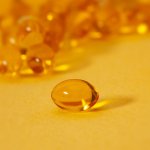
News • Spanish study
Does vitamin D deficiency lead to severe COVID-19 cases?
Over 80 percent of 200 COVID-19 patients in a hospital in Spain have vitamin D deficiency, according to a new study.

Over 80 percent of 200 COVID-19 patients in a hospital in Spain have vitamin D deficiency, according to a new study.
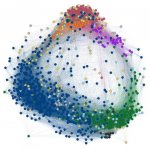
Launched in 2011, the Pan-Cancer Project, involved more than 1,300 scientists and clinicians in 37 countries, and analysed more than 2,600 genomes of 38 tumour types. Discovery: The first indications of cancer development can be found in genes at a very early stage, which triggers new opportunities for treatment.
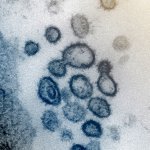
Asymptomatic coronavirus sufferers appear to lose detectable antibodies sooner than people who have exhibited COVID-19 symptoms, according to one of the biggest studies of its kind in Britain published on Tuesday.
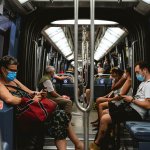
Researchers at Newcastle University are involved in a study to understand the risks of COVID-19 transmission on public transport and to identify the best measures to control it. Known as Project TRACK (Transport Risk Assessment for Covid Knowledge), the study will conduct fieldwork on buses and trains in London, Leeds and Newcastle, including the Metro system in Tyne and Wear.
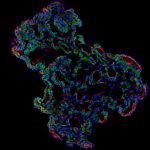
‘Mini-lungs’ grown from tissue donated to Cambridge hospitals has provided a team of scientists from South Korea and the UK with important insights into how COVID-19 damages the lungs. Writing in the journal Cell Stem Cell, the researchers detail the mechanisms underlying SARS-CoV-2 infection and the early innate immune response in the lungs.

Scientists cannot be expected to drop everything they’re working on to turn their attention to beating COVID-19, according to the winner of the 2019 Nobel Prize in Physiology or Medicine, Professor Sir Peter Ratcliffe. Speaking before he delivered the prestigious Michel Clavel lecture to the 32nd EORTC-NCI-AACR Symposium on Molecular Targets and Cancer Therapeutics, which was due to take place…
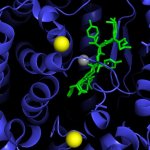
Researchers have found that a class of commonly-used heart drugs may also improve patients’ responses to anti-cancer immunotherapies called PD(L)1 inhibitors, according to preliminary findings to be presented at the 32th EORTC-NCI-AACR Symposium on Molecular Targets and Cancer Therapeutics.
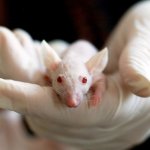
A team of researchers in the US and Australia have developed a way of testing potential drugs for children’s cancers so as to take account of the wide genetic diversity of these diseases. In new research to be presented at the 32th EORTC-NCI-AACR Symposium on Molecular Targets and Cancer Therapeutics, Professor Peter Houghton, director of the Greehey Children’s Cancer Research Institute (San…
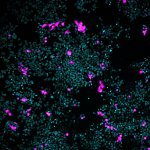
The coronavirus SARS-CoV-2 is known to infect cells via the receptor ACE2. An international research team under German-Finnish coordination has now identified neuropilin-1 as a factor that can facilitate SARS-CoV-2 entry into the cells’ interior. Neuropilin-1 is localized in the respiratory and olfactory epithelia, which could be a strategically important localization to contribute to…
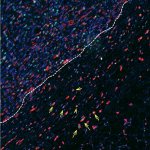
Research led by Barts Cancer Institute (BCI), Queen Mary University of London, has revealed novel insights into the mechanisms employed by melanoma cells to form tumours at secondary sites around the body. The findings from the study may help to identify new targets to inhibit melanoma spread and guide treatment decisions in the clinic.

A new risk tool, developed by UK researchers to predict a person’s risk of being admitted to hospital and dying from COVID-19 has been published by The BMJ. With cases increasing in the UK and elsewhere, and winter approaching, there is an urgent need for reliable models that predict the likely course of COVID-19, to support decisions about shielding, hospital admission, treatment, and…
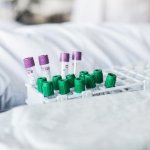
The present Coronavirus pandemic with all its effects on society – both health and economic – highlights the urgency of developing new therapies for COVID-19 treatment. At the same time, it demonstrates the necessity to become well prepared for new virus infections we may be facing in the future. To help control the current pandemic and brace for novel pathogens that may cause future…
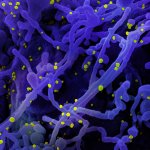
As President Trump claims that he is immune to COVID-19 and isolated reports emerge of reinfection, what is the truth about immunity to COVID-19? To date, there have been six published cases of COVID-19 reinfection, with various other unverified accounts from around the world. Although this is a comparably small fraction of the millions of people known to have been infected, should we be…
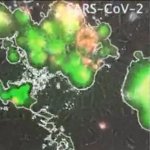
Innate immunity is the fastest-acting component of the immune system, but so far little is known about its role during infection with SARS-CoV-2. A few hours after an infection, the body emits an alarm signal, interferon, enabling cells that have not yet been infected to produce antiviral proteins. This phenomenon occurs well before the production of neutralizing antibodies. Scientists from the…
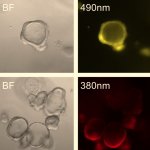
Researchers of the Technical University of Munich (TUM) have cultured so-called intestinal organoids from human intestinal tissue, which is a common byproduct when performing bowel surgery.
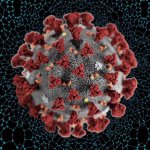
Researchers around the world can tap into a new inter-disciplinary online database of COVID-19 research, allowing them to search for new partners, resources and funding to boost the global battle against the virus.
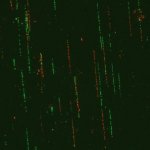
Researchers at the University of Helsinki and the Dana-Farber Cancer Institute have identified the mechanism behind bone marrow failure developing in children that suffer from Fanconi anaemia. The findings will help to develop new therapies for the disorder.

Although uncommon, sudden permanent hearing loss seems to be linked to COVID-19 infection in some people, warn doctors, reporting the first UK case in the journal BMJ Case Reports. Awareness of this possible side effect is important, because a prompt course of steroid treatment can reverse this disabling condition, they emphasise. Sudden hearing loss is frequently seen by ear, nose and throat…
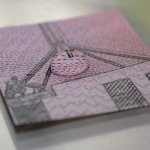
Researchers at CSIRO, Australia's national science agency, have found that SARS-CoV-2, the virus responsible for COVID-19, can survive for up to 28 days on common surfaces including banknotes, glass – such as that found on mobile phone screens - and stainless steel.
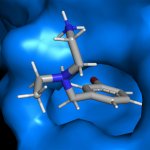
Neurobiologists at Heidelberg University have discovered how a special receptor at neuronal junctions that normally activates a protective genetic programme can lead to nerve cell death when located outside synapses. Their fundamental findings on neurodegenerative processes simultaneously led the researchers at the Interdisciplinary Center for Neurosciences (IZN) to a completely new principle for…
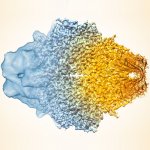
Scientists have developed a tool that improves the resolution and accuracy of powerful microscopes that are used to reveal insights into biology and medicine. In a study published in Nature Methods, a multi-institutional team led by Tom Terwilliger from the New Mexico Consortium and including researchers from Lawrence Berkeley National Laboratory (Berkeley Lab) demonstrates how a new computer…
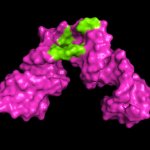
University of Maryland scientists have developed a method to determine the structures of large RNA molecules at high resolution.
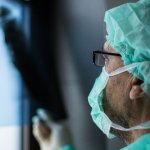
Scientists at EPFL are using technology to better understand how coronavirus causes blood clots in some patients. They have developed a simplified model of a lung that lets them observe, for the first time, how the virus attacks the cells lining blood vessels.

The Royal Swedish Academy of Sciences has decided to award the Nobel Prize in Chemistry 2020 to Emmanuelle Charpentier from the Max Planck Unit for the Science of Pathogens, Berlin, Germany, and Jennifer A. Doudna from the University of California, Berkeley, USA, “for the development of a method for genome editing”, more commonly known as the 'gene scissors' CRISPR/Cas9.

The 2020 Nobel Prize in Medicine is awarded to three scientists who have made a decisive contribution to the fight against blood-borne hepatitis, a major global health problem that causes cirrhosis and liver cancer in people around the world. Harvey J. Alter, Michael Houghton and Charles M. Rice made seminal discoveries that led to the identification of a novel virus, Hepatitis C virus.